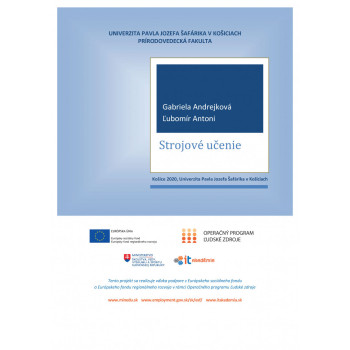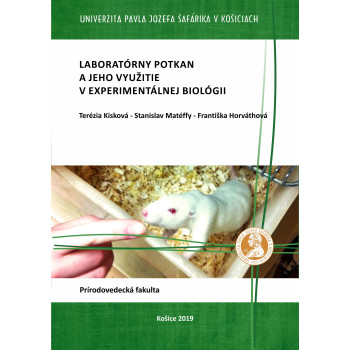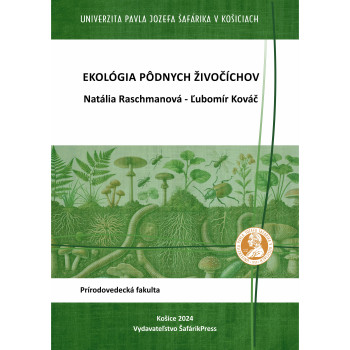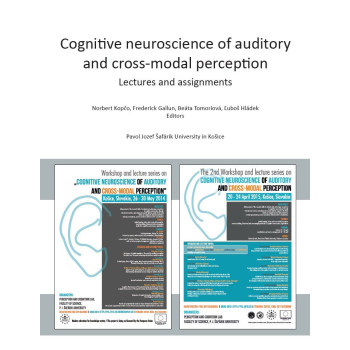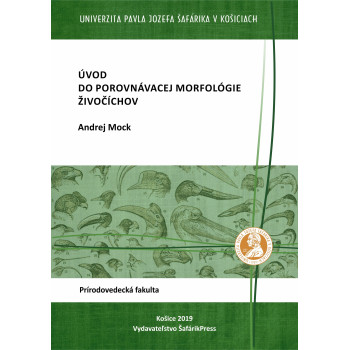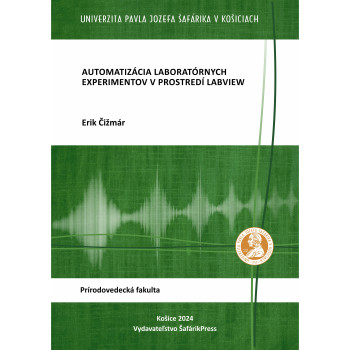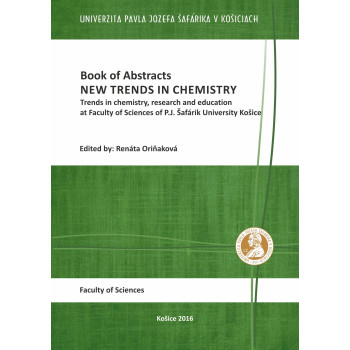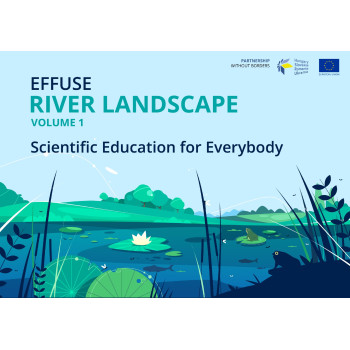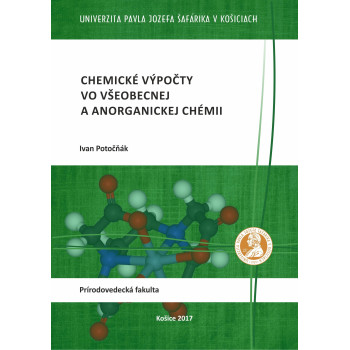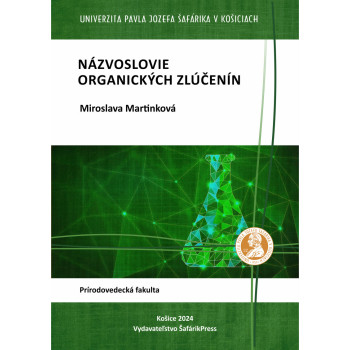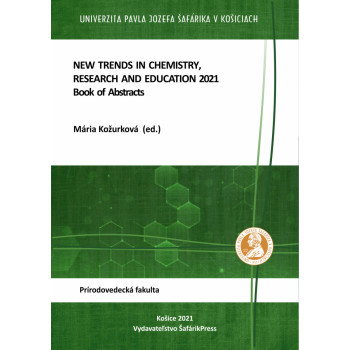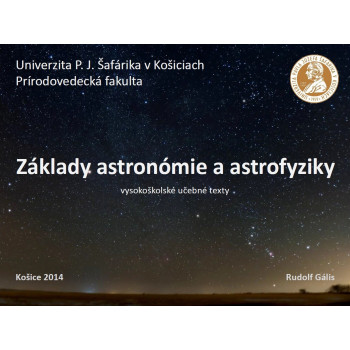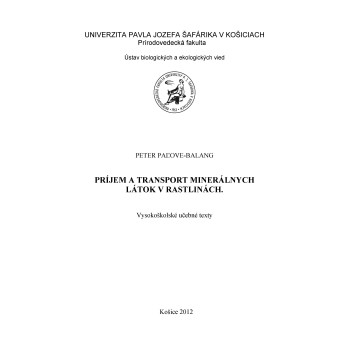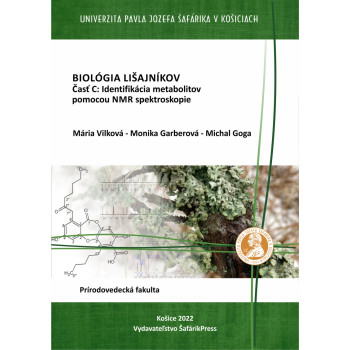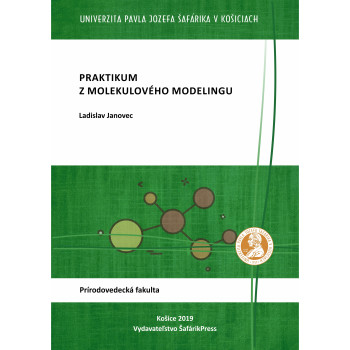
Strojové učenie
E-book
Gabriela Andrejková - Ľubomír Antoni
Machine learning addresses the issues of how computer programs recognize complex patterns and make decisions based on data. In these university textbooks, we focus on theoretical knowledge in the field of machine learning in which we present the creation of concepts for objects, the preparation of concepts, hypotheses and the process of learning from examples. We describe Boolean formulas and their representations, probabilistic learning, linear and logistic regression, linear modeling and classification. Clustering and the Bayesian approach to machine learning conclude this publication.
University textbooks are intended for students of master's degree programs in computer science.
Download e-book for free (pdf)



